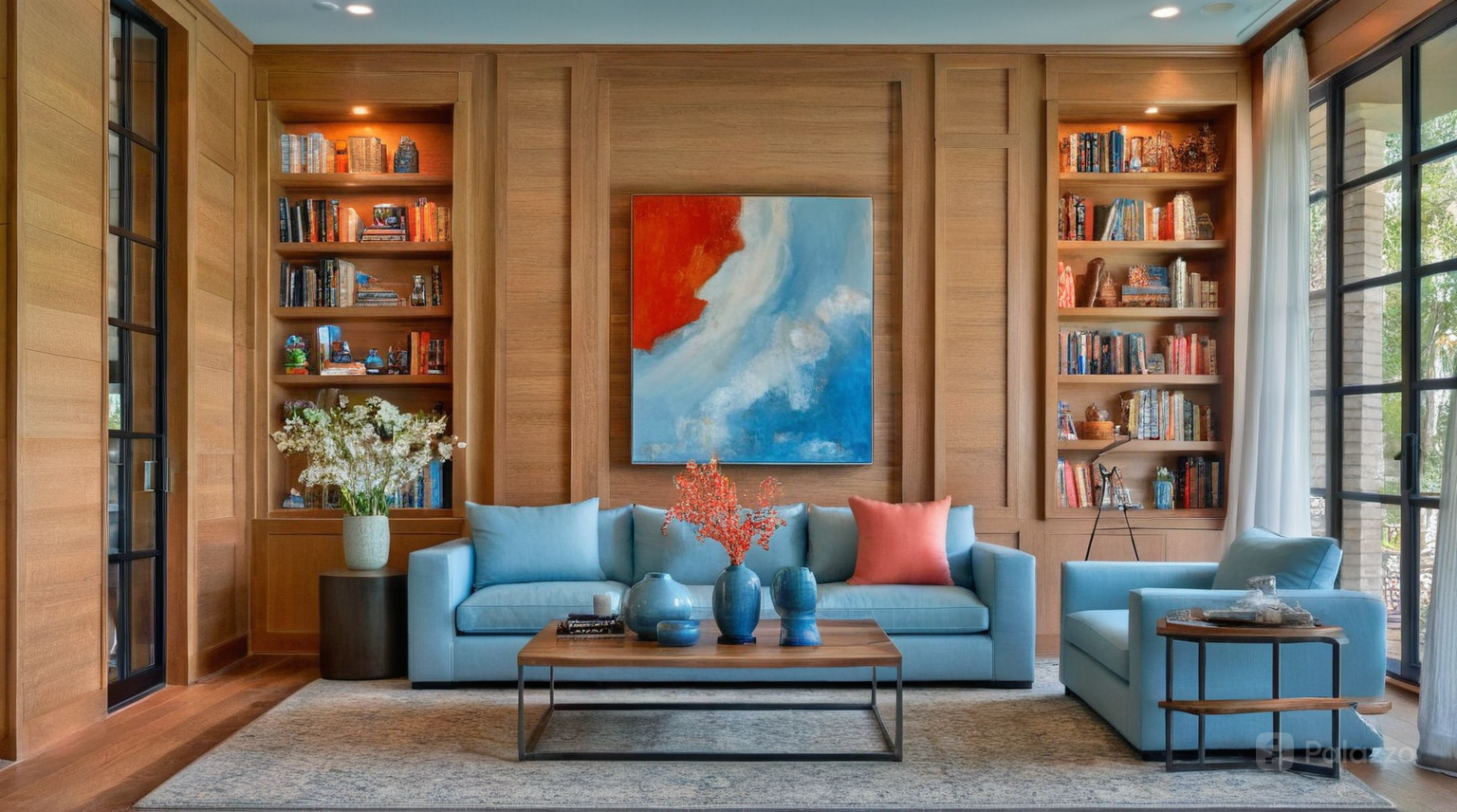The race to debut AI-driven design tools has been heating up in recent months—and now a new competitor has joined the mix: Palazzo, an AI-powered interior design platform launched this week by tennis champion and entrepreneur Venus Williams and tech startup veterans Raffi Holzer and Edward Lando.
“We want to be a hub for interior design, a place where design enthusiasts can interact and create spaces, on their own or with a designer,” Williams tells Business of Home. “Right now it’s so disjointed. You have to go to so many different places to do what you need to do with design. It’d be so much easier if you could just do it in one place—that’s the goal we’re marching toward.”
Here’s how it works: Users upload a photo of their space and then begin engaging with an AI chatbot called Vinci to discuss preferences in color palettes and design styles. Users also have the option of taking a style quiz to determine their “Aesthetic DNA.” Based on this information, the program generates a customized image of what their newly designed space might look like.
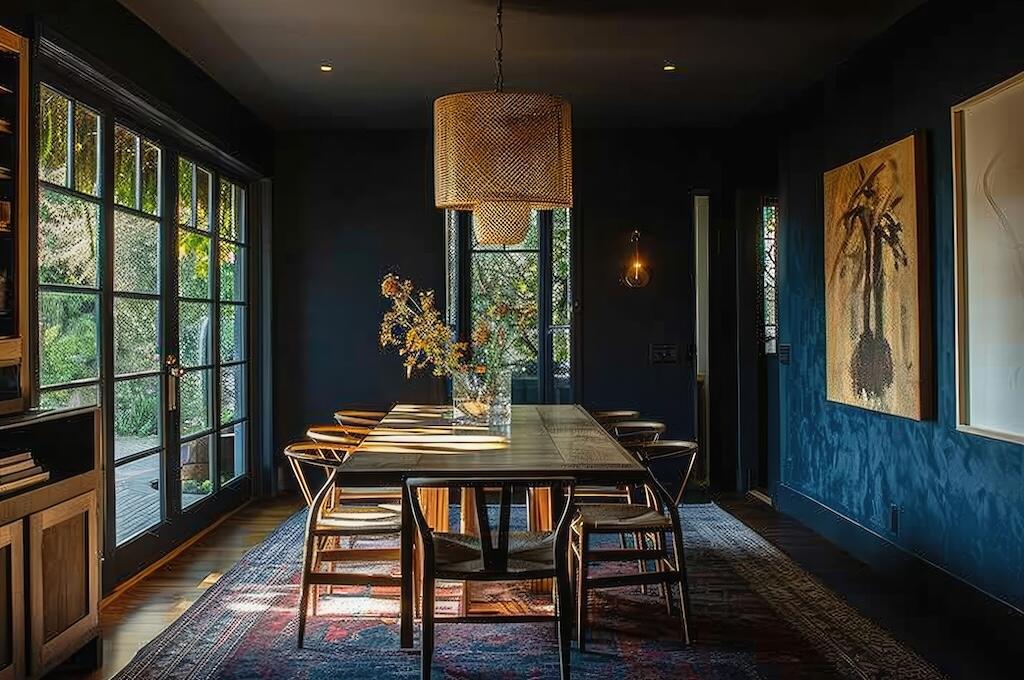
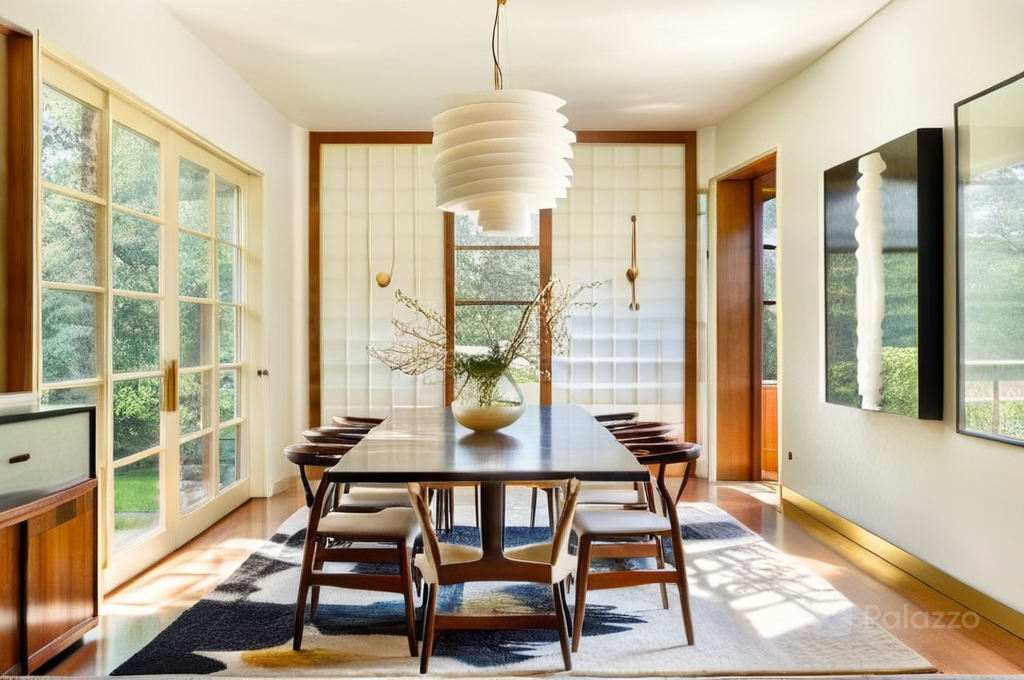
From there, users can communicate with Vinci to workshop their space, adjusting styles and finishes to hone their design. One of the platform’s key promises is segmentation, meaning users can edit specific parts of a generated design—for example, only the sofa—without altering the rest of the room. (According to Holzer, this feature is currently in beta and will become available to all users next week.) Another is the Style Transfer feature, which allows users to upload an inspiration photo and generate images of their own space to match the style.
According to Williams—who founded full-service residential and commercial interior design firm V Starr in 2002—the platform was designed to be a tool for both professionals and everyday design enthusiasts. “We’re not here to eliminate designers,” she says. “God knows I’m in the design field too, and I love what we do, but we’re here to create more efficiencies. We’re here to make design fun and to make design easy.”
From a design professional’s point of view, Williams points out that AI-generated imagery could cut down on the cost of renderings, which can run up to $25,000 on a single project. From the client side of things, Holzer relates Palazzo to his experience designing his own home, particularly the difficulty involved in designer-client communications.
“One of the biggest pain points I found when I was working with a designer on my own home was that my wife has incredible taste but she really struggled to communicate her own design intent to the professionals—and to receive the design intent they were trying to communicate to her,” Holzer says. “All they had, for the most part, were mood boards, and it was really hard to visualize how those swatches were going to manifest in our space. [Palazzo] was designed to solve that communication problem.”
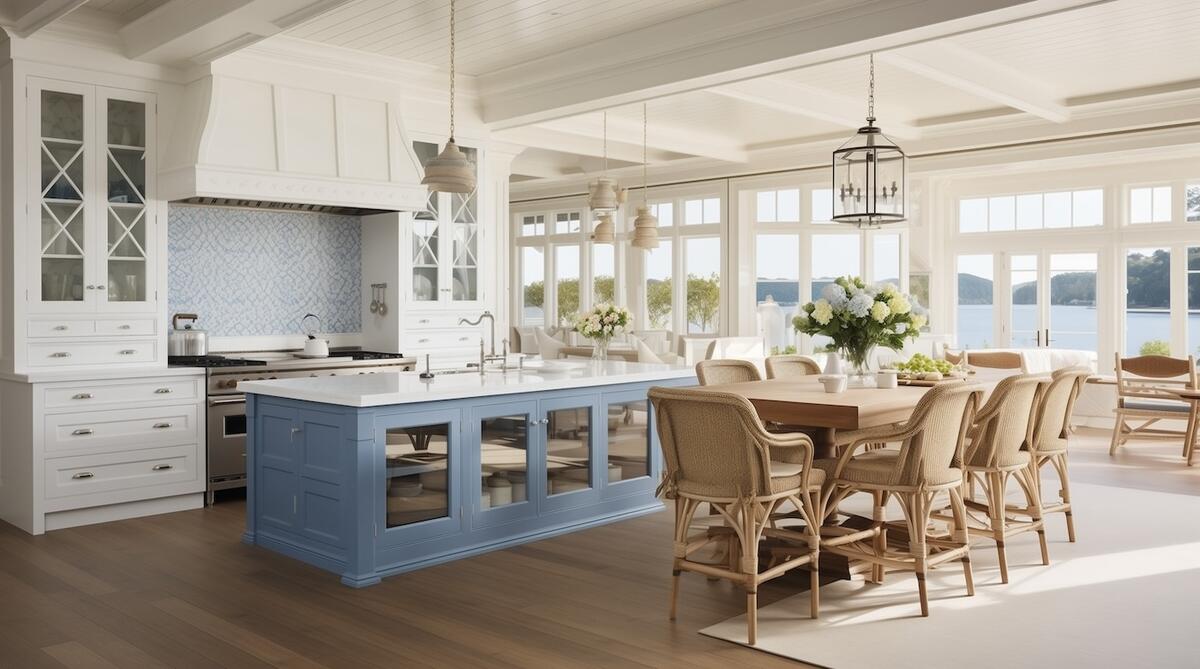
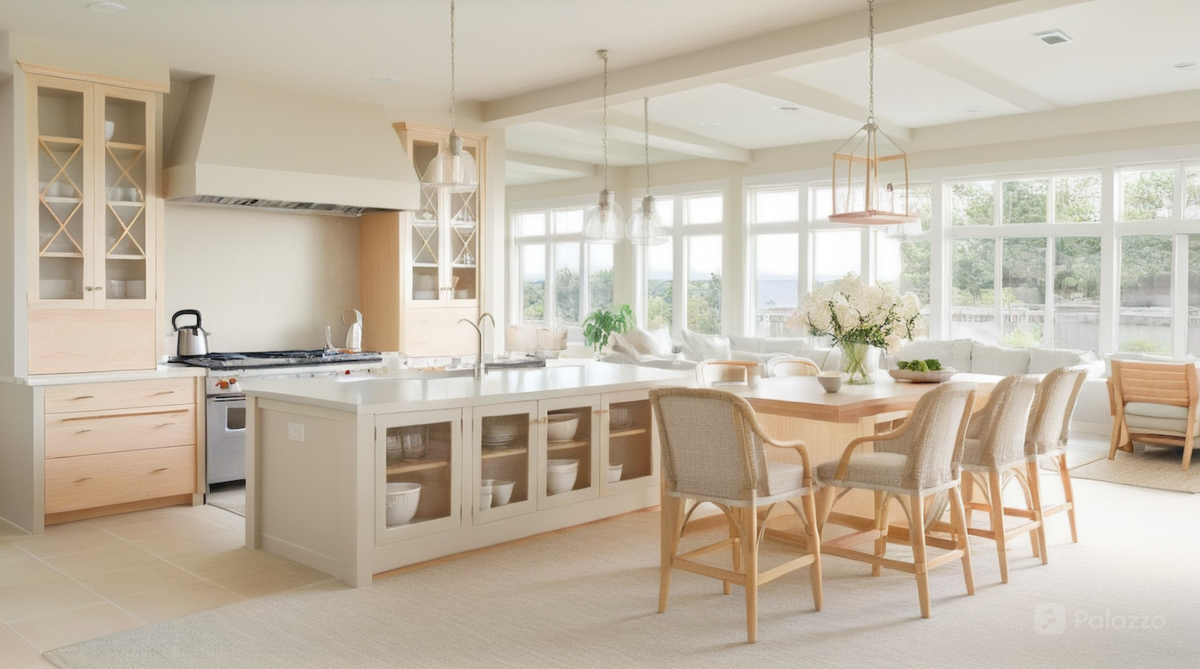
For now, the platform’s monetization model allows users to make about 10 modifications to their AI-generated image before needing to purchase tokens to unlock additional adjustments: up to $75 for 500. The team behind Palazzo is currently working on features to further monetize the platform, including the ability for users to purchase goods (via links to furniture and decor similar to those found in their AI imagery, for example) and services (through partnerships with tradespeople and designers who can help execute a client’s vision). In the long run, Holzer says the company also aims to find a way for designers to monetize their intellectual property and receive compensation for AI-generated images derived from their work.
According to Palazzo’s founders, one of the other main drivers behind the platform will be community-building. Users can create profiles on the site, then follow and engage with fellow Palazzo community members and explore a feed of generative designs. The site also has a referral program—for every user that is referred to the platform and signs up, the referee will receive five tokens (good for five free AI-generated images).
The company joins a fast-growing field of AI-informed interior design platforms, with apps like RoomGPT and Interior AI gaining in popularity, and major retailers like Wayfair venturing into the space with their own visualization tools. As for Palazzo, it promises a slate of new features in the coming months, including partnerships with interior designers and capabilities to help users bring their new spaces to life.
“We want to create easy, quick solutions,” says Williams. “Not only for designers, but for every person who loves design to visualize their space.”















